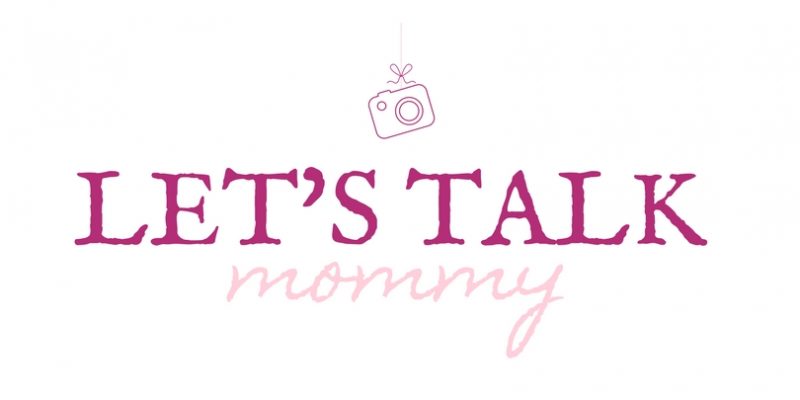Where digital communication often takes precedence, the significance of face-to-face interactions and the subtleties of body language cannot be overstated. Mastering the art of non-verbal cues is paramount in conveying respect, interest, and empathy, ultimately enhancing our ability to connect with others.
This document aims to provide essential tips on cultivating social grace through effective body language, a key component in the realm of personal and professional interactions. By refining our non-verbal communication skills, we can foster more meaningful connections, negotiate more successfully, and express ourselves with greater clarity and confidence.

The Power of Eye Contact
Eye contact is often considered the window to the soul, playing a critical role in non-verbal communication. Maintaining appropriate eye contact demonstrates interest, sincerity, and confidence. It can convey a sense of engagement and respect towards the speaker, facilitating a stronger connection. However, it’s essential to balance eye contact, and avoid staring, which may be perceived as aggressive or uncomfortable.
Conversely, insufficient eye contact can signal disinterest, dishonesty, or lack of confidence. In professional settings, effective eye contact can significantly impact presentations, interviews, and negotiations, establishing a presence and commanding attention. Cultivating this skill involves practice and mindfulness, ensuring eye contact is steady but not overwhelming, and creating an environment of trust and openness.
The Subtlety of Gestures
Gestures can accentuate our words, adding emphasis and clarity to our communication. Hand movements, when used appropriately, can help illustrate points and convey enthusiasm or conviction. For instance, open hand gestures can signal honesty and openness, whereas pointed fingers may come across as accusatory or aggressive.
However, over-reliance on gestures or employing them inappropriately can distract or confuse the audience. It’s pivotal to gauge the context and cultural sensitivities, as certain gestures can have different connotations across cultures.
Being mindful of our gestures and their impact can enhance our communicative efficacy, making our messages more engaging and understandable. Some examples of body language gestures include nodding to convey understanding and agreement, leaning in to signal interest, and mirroring the speaker’s movements for rapport. Also, maintaining an open posture can exhibit confidence and approachability.
The Art of Posture
Posture speaks volumes about our attitude and emotions. Standing or sitting upright with an open stance can project confidence, readiness, and openness to interaction. It suggests a level of professionalism and self-assurance that is crucial in formal and casual encounters alike. An upright posture not only influences how others perceive us but can also boost our self-esteem and mood.
On the other hand, slouching or closing off our bodies (crossing arms or legs) might convey disinterest, defensiveness, or a lack of confidence. Such non-verbal cues can create barriers to effective communication, even if unintended. Being conscious of our posture and making adjustments can foster a more positive and engaging interaction, inviting openness and dialogue.
Facial Expressions: The Silent Communicators
Our faces can express a myriad of emotions without a single word. Smiling, for instance, is universally recognized as a sign of friendliness and openness, making others feel more at ease in our presence. It can break down barriers and warm up interactions, setting the stage for positive communication. A genuine smile can often be a powerful tool in establishing rapport and trust.
However, it’s important to ensure that our facial expressions align with our words and the context of the situation. Mismatches between verbal and non-verbal cues can lead to misunderstandings or skepticism regarding our sincerity. Cultivating an awareness of our facial expressions and their impact can greatly enhance the effectiveness of our communication, helping us to convey our messages more authentically.
The Nuance of Voice
The tone, pace, and volume of our voice are key components of effective communication. A calm, clear, and confident tone can enhance the listener’s understanding and retention of the message being conveyed. Modulating our voice according to the situation can also emphasize important points and express sincerity, enthusiasm, or concern.
Conversely, a monotone voice might bore the audience, while speaking too quickly can overwhelm them, making the communication less effective. Being mindful of our vocal qualities and practicing modulation can make our spoken words more impactful and engaging. This awareness not only aids in conveying our messages more effectively but also empowers us to connect with our audience on a deeper level.

In the tapestry of human interaction, body language emerges as a critical thread, weaving through the fabric of our daily communications and imbuing them with depth and nuance. The mastery of non-verbal cues—from the subtleness of gestures and the articulation of posture to the expressiveness of facial emotions and the modulation of our voices—enhances our ability to convey our thoughts, intentions, and feelings more effectively. It bridges the gap between the spoken word and the profound realms of empathy, respect, and understanding.
As we continue to cultivate these skills, we unlock the potential for more meaningful and impactful connections in both our personal and professional lives. By fostering an awareness of the non-verbal signals we send and receive, we navigate the social world with greater grace, efficacy, and confidence, ultimately enriching the tapestry of human connection.






